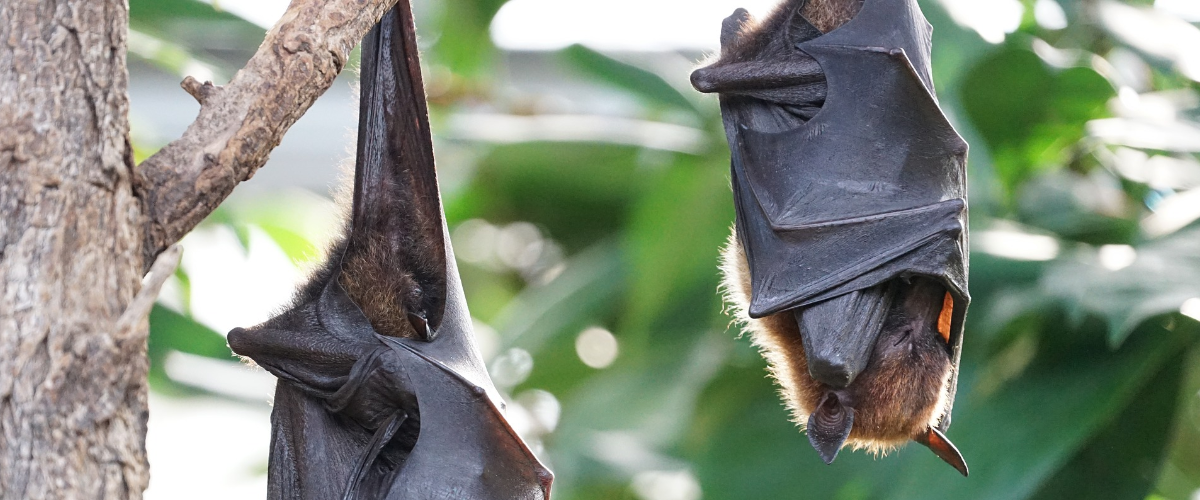Bugs are a hassle. And while plants aren’t as effective as deterring them as you might think, there’s still a wonderfully effective option: bats. No, you don’t have to actively adopt any bats. But with a little consideration, a bat house, and some pheromones, you can establish a new component of an ecosystem that works in your favor.
Why Have a Bat House?
The most popular reason is because of mosquitoes. Bats eat literally thousands of insects a night, including those annoying little blood suckers. And since they’re nocturnal, they’ll leave bees and humans alike alone during the daylight hours.
If you want to go deeper, having bats on your property can provide a number of other benefits, including fertilization with bat droppings, and registering your property as a National Wildlife Federation Certified Wildlife Habitat site.
How to get a Bat House?
There are two ways to get your own bat house: you can buy one, or make one. Making them is very common, and instructions on how can be found in places like this article by The National Wildlife Federation. They generally only need screws/nails, wooden planks, and a table/hand saw. If you’re someone who enjoys recreational woodworking, we definitely recommend trying to make one.
Buying one is easy, too. Simply look online. They can be found on sites like Etsy, Chewy, Amazon, and more. The prices range from $20 to $100+, depending on the size and quality of the house.
Lately, invest in a small bottle of bat pheromones or bat bait. You can find these online as well. When applied to the bat house, this encourages local bats to check out the newly installed house, see how good it is, and move in for themselves. If they establish a nest, then you’re just about set for a long time.
Final Notes
There are a few things to keep in mind when bats live near you.
First: keep your cat indoors. Cats are nocturnal creatures that hunt anything with wings. A cat on the property is a great way to either deter or even kill any bats that try to establish themselves.
Second: Avoid using pesticides, if possible. Since insects are the main food source for bats, using pesticides will either kill off their food source, or get in the bats’ systems and get them sick. Trust the bats to do your pest management for you.
Third: Make sure your home is sealed up correctly. While there’s nothing inherently wrong with bats, there’s still valid reasons to not want them nesting in places like your attic or garage. Before setting up a bat house, check and cover and gaps or holes in your roofing, ceiling, vents, or other into-the-house locations.


1 Pingback